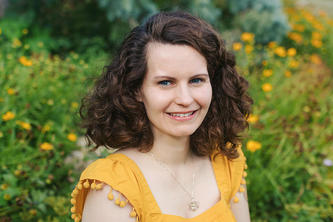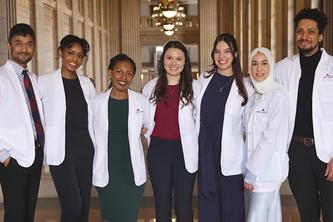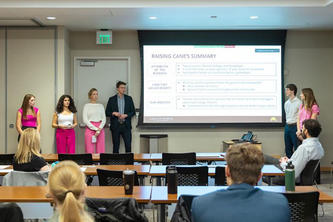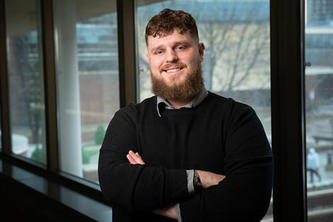
A felony history carries more than just a social stigma. It can lead to more adults without work—even after paying their debt to society.
That’s what new research published in Social Science Research from faculty members at the University of Minnesota and University of Georgia suggests. Their paper investigates the relationship between the rise of mass criminalization and reversal of growth in employment rates in the United States.
U of M Sociology Ph.D. candidate Ryan Larson, UGA Associate Professor Sarah Shannon, U of M Carlson School of Management Associate Professor Aaron Sojourner, and Regents Professor of Sociology Chris Uggen collaborated on the research.
For the study, the researchers leveraged state-level data from 1988 to 2010 for adults ages 18 to 54. Within this data set, they specifically looked at the share of people with a felony history, who have a conviction on their record but finished incarceration, parole, or probation. They determined:
- An increase in a state’s population of adults with a felony history was linked to more adults without work.
- States that had a 1% increase in the share of the population with a felony history tended to experience a 0.3% rise in adults ages 18-54 who were unemployed or not in the workforce.
- This adds evidence about the role of mass criminalization in eroding the labor market and in blocking millions of Americans from productive, stable careers.
“The number of people with criminal records in our society has reached a point where excluding them from stable work impacts the overall economic well-being of both the individual and society as a whole,” said Larson. “With research indicating that job stability is a robust indicator of crime, it is likely counterproductive in terms of public safety to limit the job opportunities of people who have completed their sentences.”
In 2010, about 14.5 million Americans had a felony record, which represented 6.2% of the U.S. adult population, up from only 2.4% in 1980.
“These are people who’ve done everything we’ve asked them to and tried to stay on the straight and narrow,” explained Sojourner. “They are there in the community, trying to make a living, trying to contribute, and they face big barriers.”
Conviction history, not incarceration history, is more relevant in the job search process. Background checks have become increasingly popular for companies to use in the hiring process. However, the new research suggests that history can continue to be an obstacle.
“A lot of occupations have bars against people with any record and there may be good reasons for that in some jobs, but if we’re talking about someone who was convicted in the 90s for marijuana use, which is now legal in a lot of places—is that really somebody we want to keep out of a job for decades?” said Sojourner.
Compared to other social issues, there is a lack of quality data on labor force surveys regarding a person’s criminal history status and impact on employment. The researchers hope their work encourages more research to further the conversation about potential policy changes.
“It raises questions, like ‘are these barriers productive?’ ‘Are these barriers doing more harm than good?’ And then, ‘how can you try to bring change?’” asked Sojourner.
Read the full article on the ScienceDirect website.
- Categories:
- Social Sciences
- Criminal





